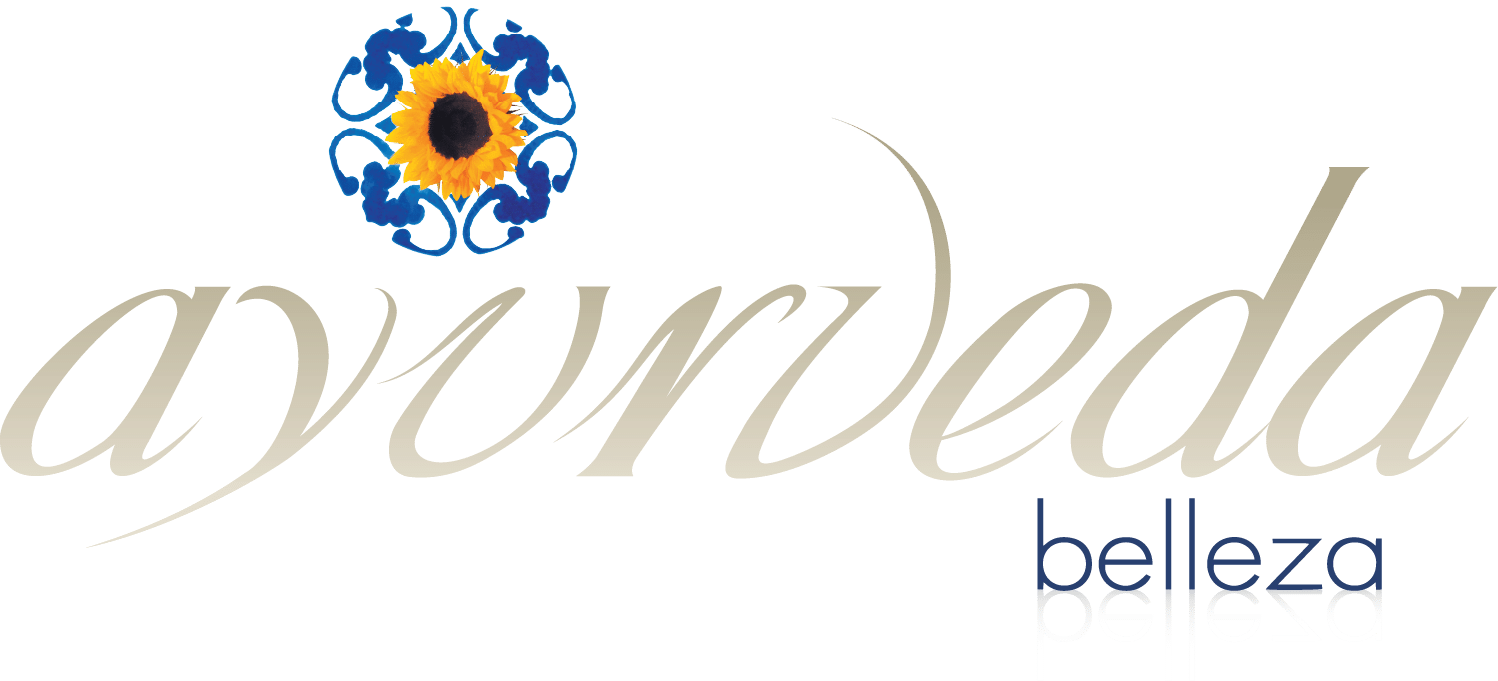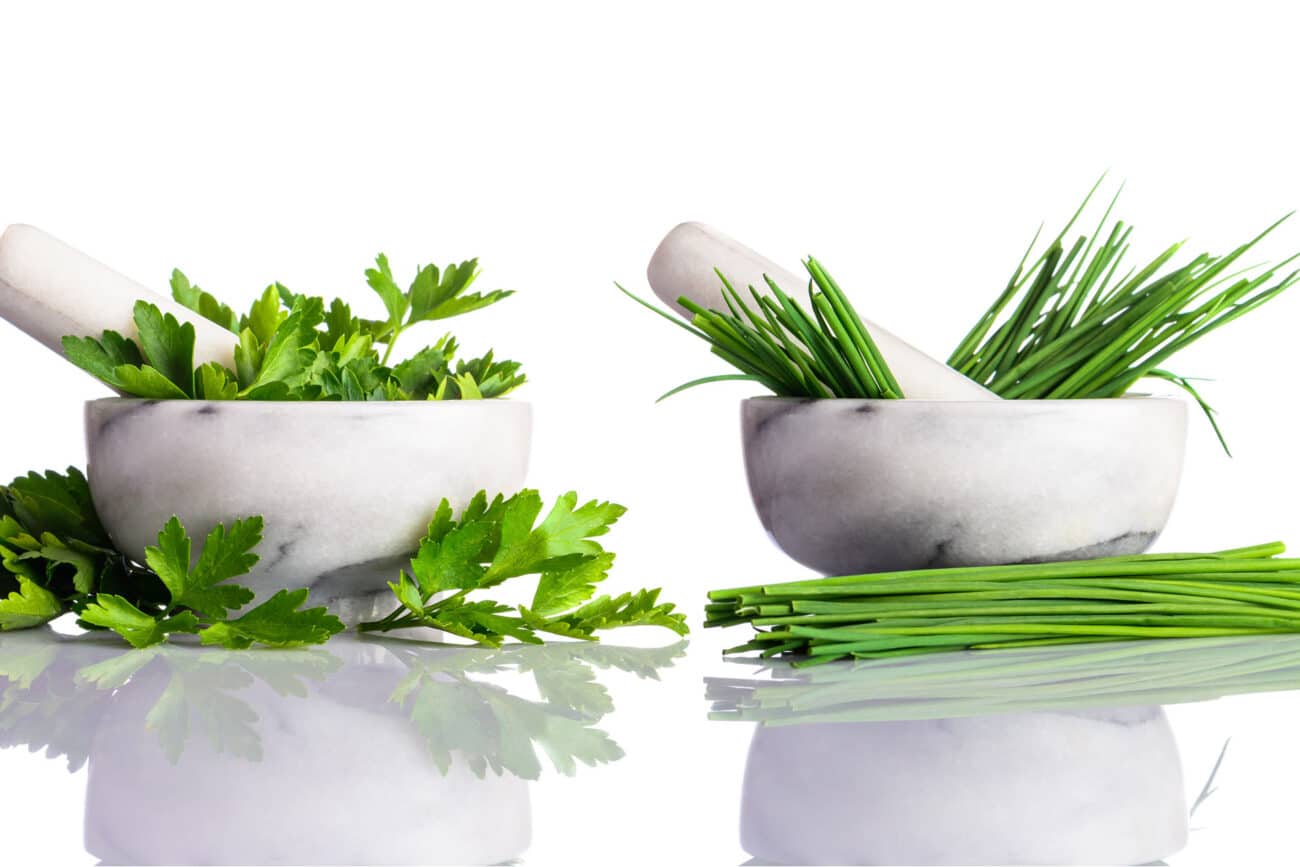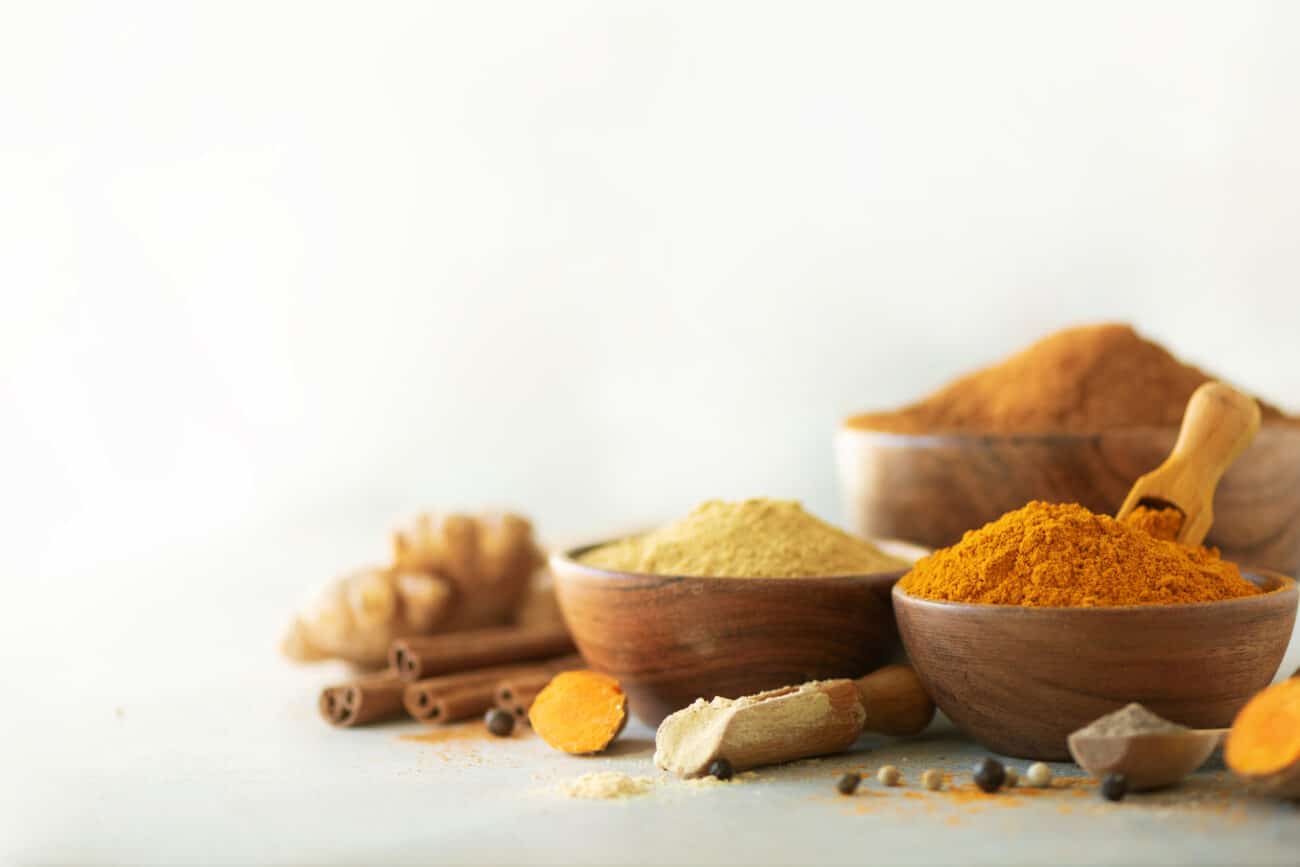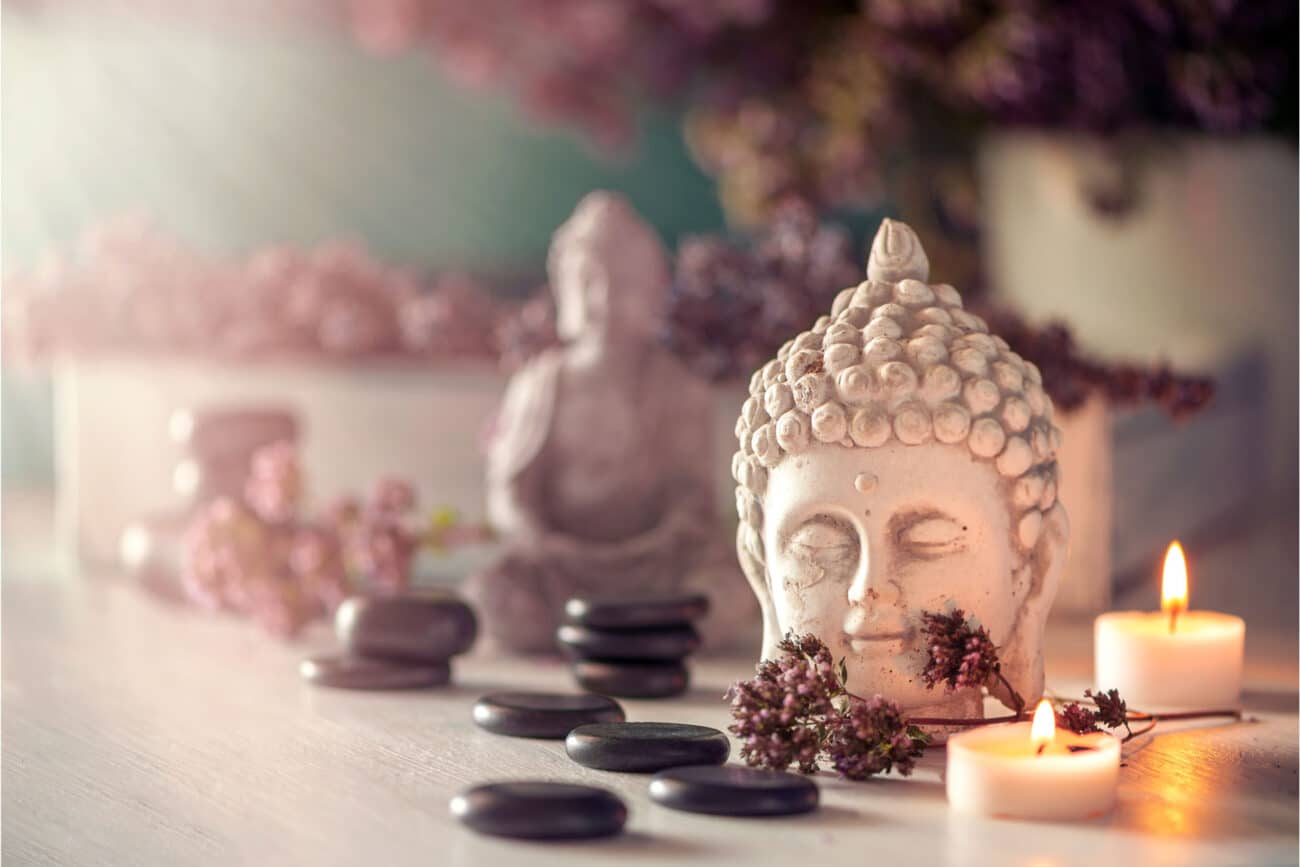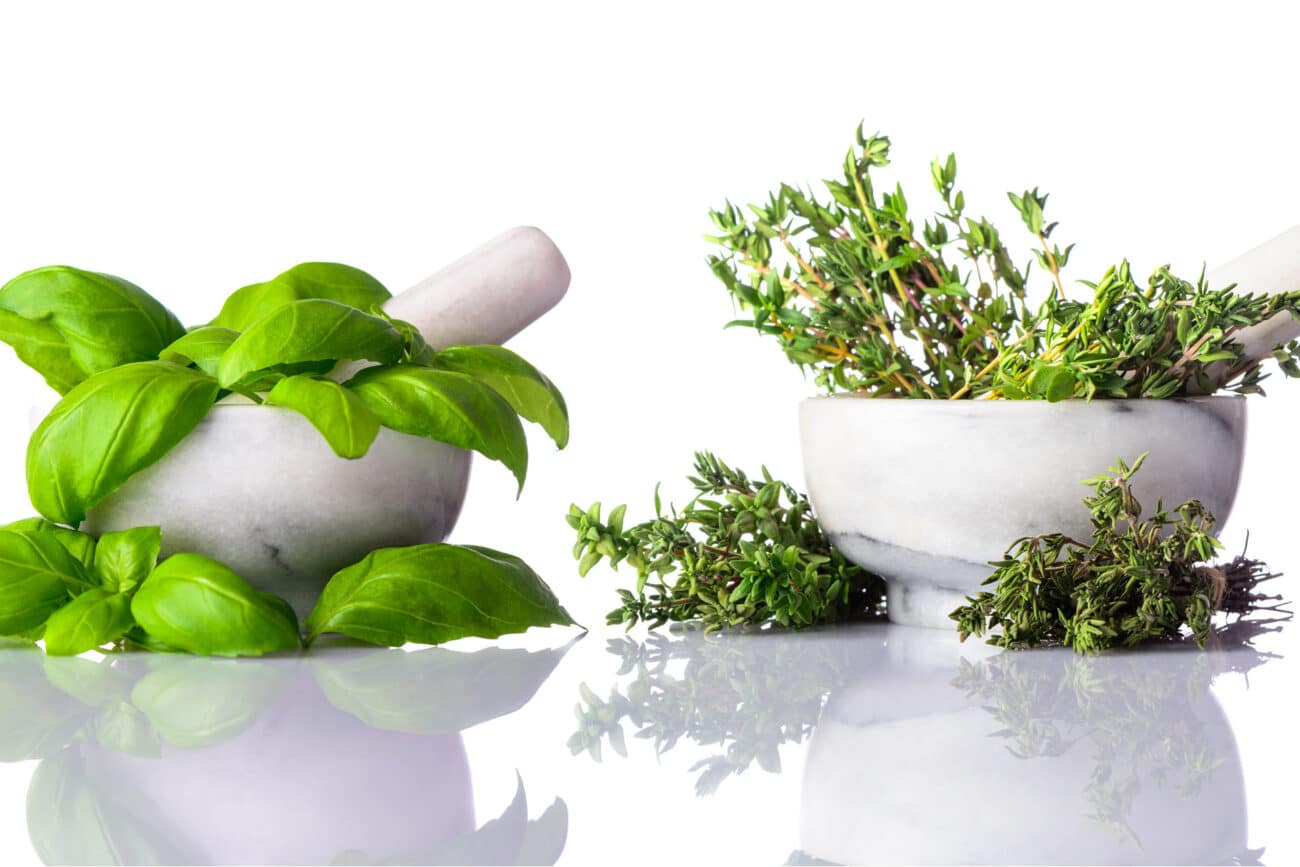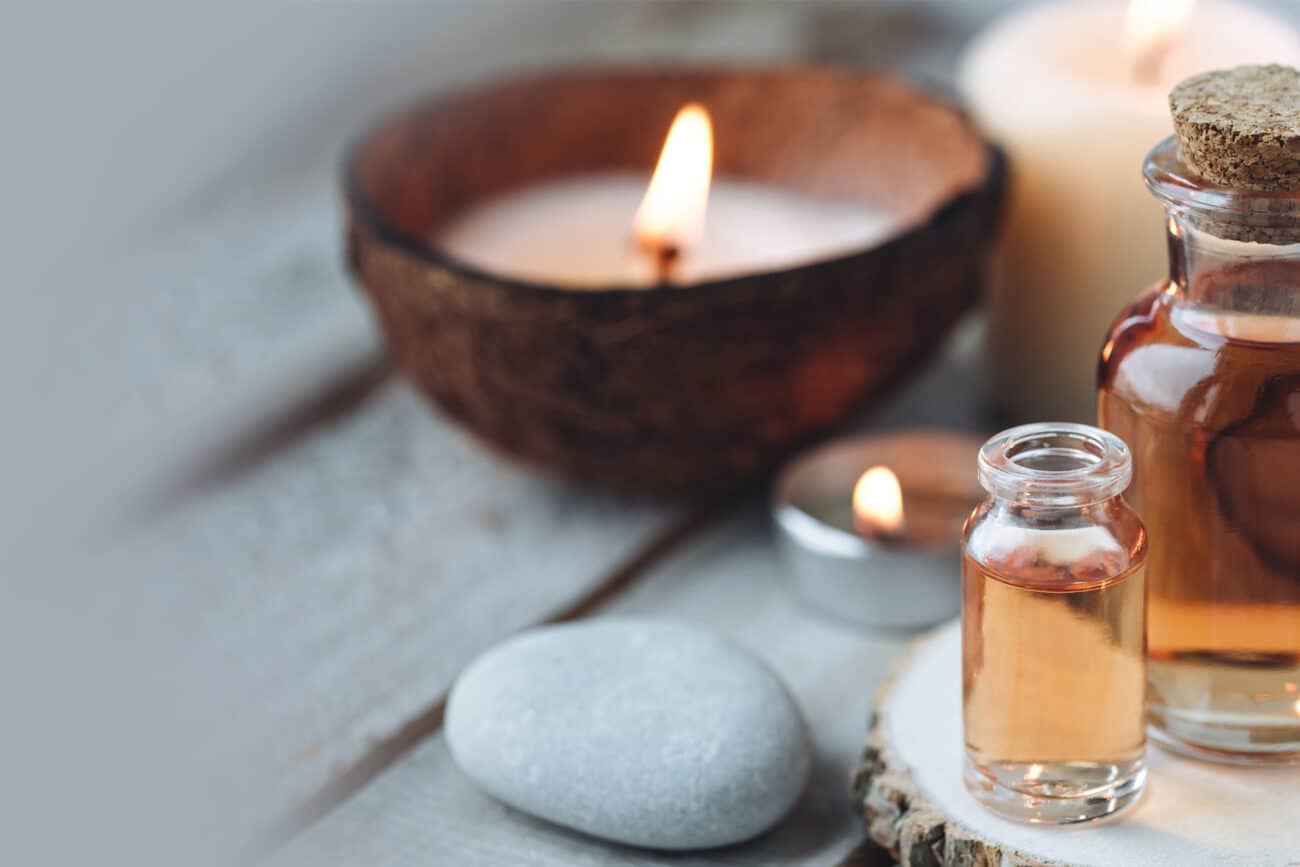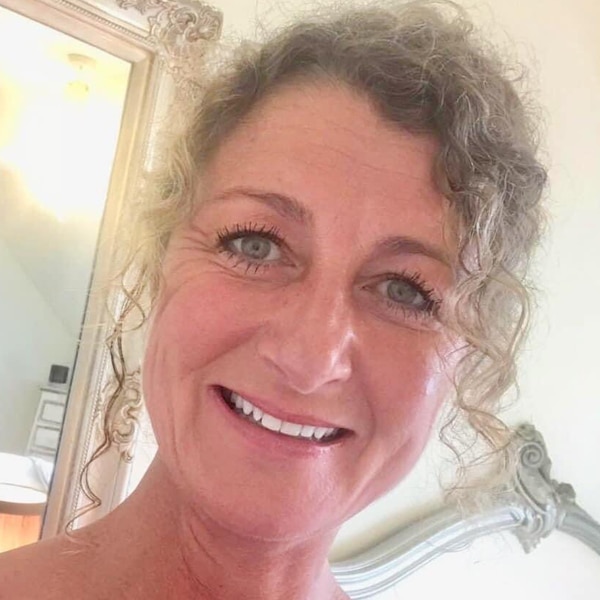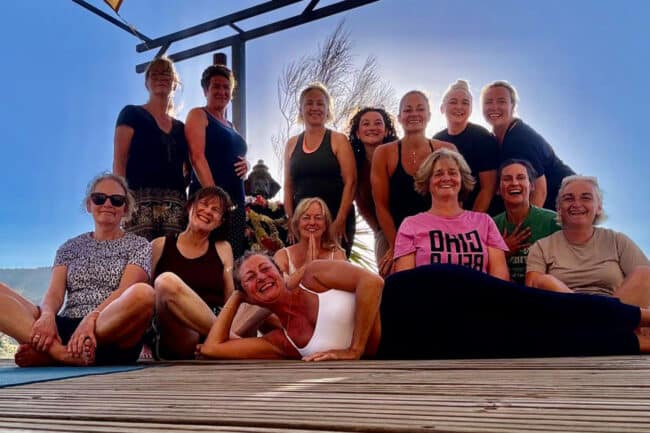What is Ayurveda?
Ayurveda is an ancient Indian Holistic Medical System developed around 5000 years ago. It is part of ‘The Vedas’ (books of knowledge), and means “Science of Life“. Ayurveda promotes a healthy and content body and mind, absent of disease. Its aim is to maintain a human being’s true health in mind, body, emotion, and 5 sensory functions. This is applied through food, herbs, yoga, massage and lifestyle. In summary, Ayurveda aims to live a long healthy life.
Ayurveda works on the principle of Sankhya Philosophy
Ayurveda works on the principle of Sankhya Philosophy (the science of evolution); the moment of creation to now. Sankhya, meaning truth, has a strong connection to the universe, cosmic energy and the 5 elements in all beings. When the Male energy (Purusha; the soul, the observer) and Female energy (Prakriti; Mother Nature) come together, the process of Sankhya Philosophy begins, putting everything into action (creation). Once connected, Prakriti and Purusha manifest and supreme Intelligence is created. This exists in all beings and puts every cell on its own path, formed from previous experiences gained in a previous life. The life we live is dependent on this cosmic intelligence. Your own identity is formed and then the ego, our survival instinct, is how we react to life around us governed by the 3 qualities of energy(Gunas). Sattva is the right action, light, right spiritual growth. Rajas is activity, always changing, excitable, action. Tamas is inertia, confusion, no reaction, and darkness. The Gunas are present in all humans, food and objects in various degrees, with one quality always more dominant than the others. The aim is for all 3 energies to work together to bring balance.
Space, Air, Fire, Water and Earth
Every human is made of all the 5 elements in the universe; Space, Air, Fire, Water and Earth, which combine in the human body to form the 3 energies of the body (Doshas). The Doshas control how the body works and without these elements, the human body cannot live. The most dominant element is Space and is present in all other elements. Each element takes 1/10th of its quality from its preceding element with Earth containing all qualities. The same occurs with the quality of each of the 5 Sensory Functions. Space contains sound. Air contains sound and touch. Fire contains sound, touch and sight. Water contains sound, touch, sight and taste. Earth contains sound, touch, sight, taste and smell.
The 3 Gunas and 5 Elements also relate to each other. Sattva relates to Space and Air, Rajas to Fire and Water and Tamas to Earth. Ayurveda works on the theory of these 5 Great Elements and 3 Doshas. Space and Air make up Vata Dosha and means ‘anything that moves’. It’s responsible for carrying everything around the body and anything that moves in the body including elimination (e.g. the mind thinks, the movement of blood circulation/ digestion/ respiration). Fire and Water make up Pitta Dosha and means transformation and is responsible for digestion and metabolism. Water and Earth make up Kapha Dosha and forms the body’s structure and is responsible for the body’s lubrication. Each Dosha is divided into 5 Sub Doshas with all 15 Doshas working together.
Everyone inherits a unique mixture of these 3 Doshas. One is usually more dominant than the others, and the most dominant Dosha makes up your constitution. This can be any of the 3, a combination of 2, or a combination of all 3. Each Dosha controls a different body function and has different qualities, characteristics, locations, principles and properties.
Dosha means a fault or a mistake. It also means ‘that which changes’. These Doshas are continually moving around and within the human body; which can cause imbalances and eventually causes illnesses.
A combination of physical, mental and emotional characteristics
A human being has a combination of physical, mental and emotional characteristics which make up their true constitution (Prakriti body type). This is formed at the time of conception and remains throughout a person’s lifetime. Due to bad lifestyle choices, relationships, diet, stress, trauma, seasonal changes and work stresses, a change in a person’s constitution can occur, causing an imbalance reflecting on a person’s constitution and current state of health. This then becomes a human being’s Vikriti body type; its imbalanced state. An imbalance in any or all of the Doshas brings disease. Ayurveda’s aim is to rebalance the Doshas, bringing a human being back to its Prakriti state using 5 approaches – Foods, Herbs, Massages (Manu), Yoga and a Lifestyle routine. The soul is the observer and is always free from disease, whereas the physical body, mind and 5 sensory functions have a tendency towards illness. Each disease is Dosha related and has its corresponding quality presenting itself in each individual’s body depending on that person’s Vikriti Dosha. 70% of diseases are Vata related, 20% are Pitta related and 10% are Kapharelated.
The Ayurvedic medical system, known as Chatuspada, has four legs; The Practitioner, Dravya (treatment), the Attendant and the Patient. All four factors need to work together to tackle the disease for Ayurveda to be successful. Ayurveda uses 2 types of applications to maintain, prevent or restore a patient’s imbalance of the Doshas. Dravya Chikitsa uses treatments/ things to bring changes (e.g. herbs, oil, dhal), and Bhav Chikitsa to establish a healthy routine (e.g. yoga, food, walking).
Ayurveda reflects on an individual’s complete lifestyle
Whatever is happening on the outside of a person’s body (e.g. weather) will affect the 5 elements within an individual. The same occurs with food. Food can increase and decrease the elements within the body, and if this is related to the disease then it is advised to increase/decrease associated food. Ayurveda considers an individual’s environment, quality of life, living surroundings, relationships etc which can have an effect on their wellbeing and happiness. Inner peace is the key, even though a disease shows in a human being’s physical body it can be their unhappiness and discontentment that could be causing the disease. The same applies if there are no physical symptoms but the individual is feeling unwell.
Vicky is as passionate about the benefits of Ayurveda as she is Yoga
Since qualifying as a yoga teacher in 2008 Vicky has been intrigued with Ayurveda and how it works. During this time Vicky spent time reading up on this science and the more she read the more she wanted to learn. In September 2020 Vicky attended a workshop hosted by Dr Deepa Apte on an “Introduction to Ayurveda” and was completely captivated. In March 2022 Vicky achieved her Diploma as an Ayurvedic Diet and Lifestyle Consultant with Dr Deepa Apte. Vicky is as passionate about the benefits of Ayurveda as she is Yoga, fully endorsing and championing the interrelation of both their benefits and qualities.

 contact us
contact us 